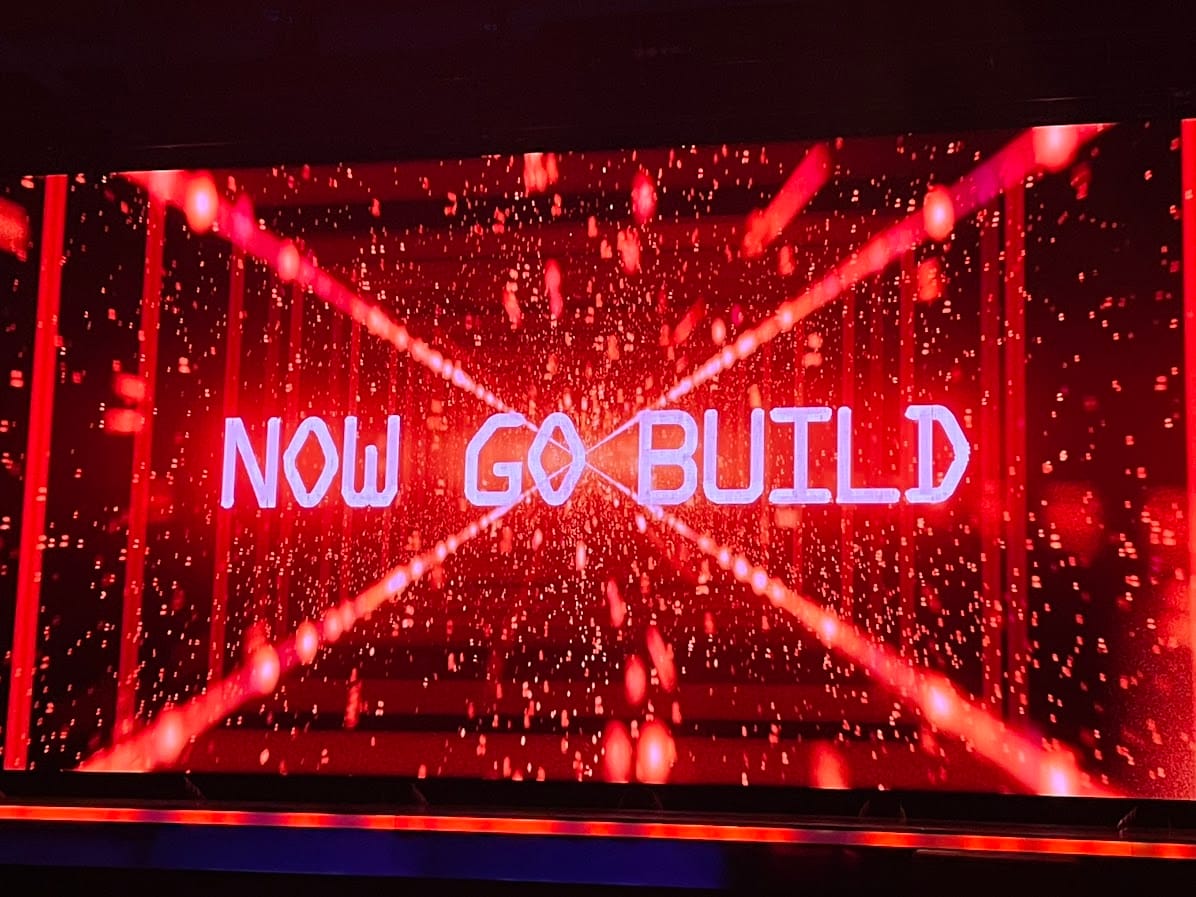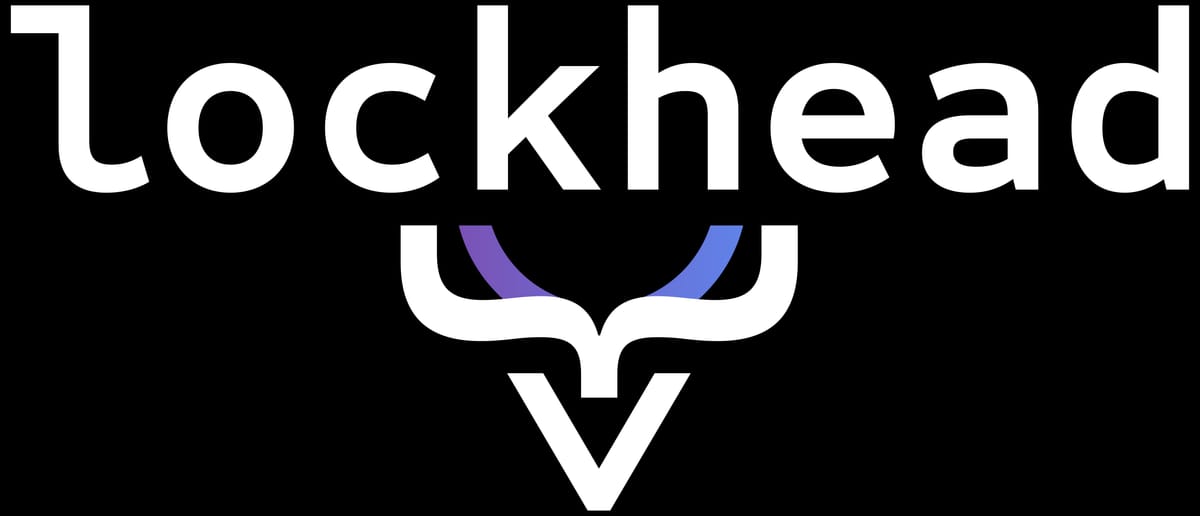
Amazon Codecatalyst reaches “GA” status and becomes available for general use
The new service announced by Amazon in Las Vegas at re:Invent 2022 which is an integrated DevOps service to empower development teams to develop and deliver software faster finally reaches the “general availability” status. As I have previously outlined, this achievement is very important for Amazon and the CodeCatalyst team. Congratulations to the team for reaching this goal, which I can imagine is not an easy step for this product. The tool touches a lot of very sensitive parts of a software project and I can imagine the security standards being really high.
A hugh achievement - thank you everyone in the team for investing into CodeCatalyst and for listening as closely to the customer feedback as you are!
What changes did get implemented for GA?
As part of the GA release we see a lot of minor improvements in the User Interface and color changes. In the last weeks, we have seen a few “bigger” changes - like the possibility to use Dev Environments for Github based projects. We also got “graviton based” execution environments for CI/CD workflows which, according to AWS, should reduce our costs.
It is still hard to track down all of the changes in CodeCatalyst, as there is - to my knowledge - no public or semi-public roadmap. This is one of the things that I’d love to see, as for an integrated service that is at the core of the Developer Experience for teams, any minor change can either improve or destroy the “usage experience”. If you as a team invest into adoption a new tool like CodeCatalyst, they will need to know how changes in workflow, features or user interface can influence their day-to-day activities. Let’s see, maybe the team can share “something” like a “changelog” with us (or even an RFC process like Amplify or AppSync)?
Reached “GA” - so who can start using it now?
As of today CodeCatalyst is only availble in US regions and this means that it can be adopted mainly by US enterprise customers. CodeCatalyst already gives you the possibility to set up different Spaces for your account and within a space you can manage multiple projects. So in theory, CodeCatalyst is “ready to be used” by everyone.
Practically speaking, it is easier to adapt the service for new projects than for existing projects , as there is no real “import” functionality. Yes, you can integrate existing Github projects, but that only integrates the source code. Unfortunately that does not make all of the “cool” things available right from the start of integrating the source: existing workflows (CI/CD pipelines) are lost and need to be re-build, issues/tickets are not imported into CodeCatalyst (tho they can be made available through the JIRA integration).
I have been regularly using CodeCatalyst (both for imported and “new” projects) - and I really think that the tool already works very well.
The “killer feature” that I see for new projects are the “blue prints” which essentially get you started within minutes, e.g. to deploy a SPA application, or to have a “true” CI/CD pipeline for a full stack application following the DPRA.
Right now I would recommend using CodeCatalyst for any new project that you start to start building out your workflows and best practices.
So what do I still need to recommend CodeCatalyst for existing projects?
There are a few things that I have already been writing about:
- “Import” of existing CI/CD workflows (e.g. Github actions, CDK Pipelines or CodePipelines)
- Fully import projects
- existing issues from Github or JIRA
- Git-based projects including the history
- Tighter security settings and permissions
- Fine granular roles to allow or forbid access to specific parts of a project
- Options to allow or forbid execution of workflows (or to deployments)
- Additional workflow options
- Manual approvals are very high on my wish list
- Integration of other AWS services natively
A question for the readers: What do YOU think that you need to adopt CodeCatalyst?
A big question for the CodeCatalyst team - HOW MANY AWS TEAMS ARE USING CODECATALYST FOR PRODUCTION DEPLOYMENTS TODAY?
Where do I see the potential for CodeCatalyst?
CodeCatalyst is a big bet by AWS. There is a big potential that can really improve the life of development teams and these are the main things that I believe that can out-grow other existing solutions:
- Integration of AWS Services / deployments metrics
- the true integration with AWS APIs
- Integration into “post-deployment” verifications (e.g. auto roll-back after failed CloudWatch metrics)
- “At-hand” developer support to improve efficiency
- with CodeWhisperer (who recently reached GA) AWS already aims to support developers during the development phase, but with CodeCatalyst AWS can take this to the next level:
- AI support during Pull Request Reviews (or automated approvals for PRs - e.g. by including CodeGuru, etc., automated merges, etc.)
- AI support during workflow executions (when to approve, when to deloy, when to promote, etc.)
- With improvement proposals for workflows if the “AI model” recognizes patterns (in issue workflows or CI/CD workflows)
- With automated improvements for existing projects based on blue prints
- Best practices change - and so blue prints change - and if the CodeCatalyst team can automatically apply them for existing projects, customers will benefit from it
And last but not least:
I trully believe that every software project should start with a CI/CD pipeline - and with the Blue Prints including the CI/CD workflow that follows DPRA and other AWS best practices, we can trully make this possible: Empower developers to deliver their software projects in minutes right after starting their project.
Do you see the potential in CodeCatalyst? If you do not see any potential in the tool - why not?

